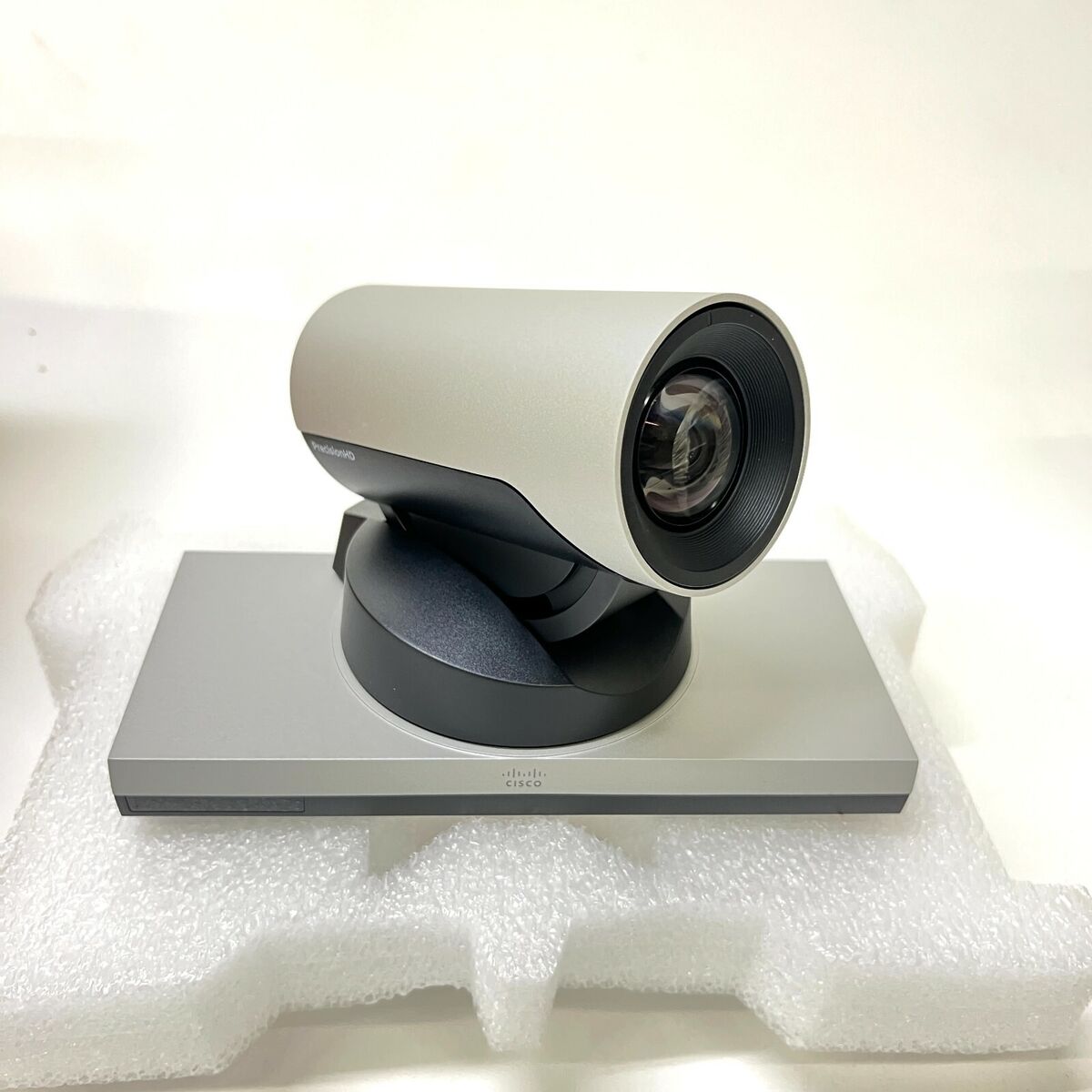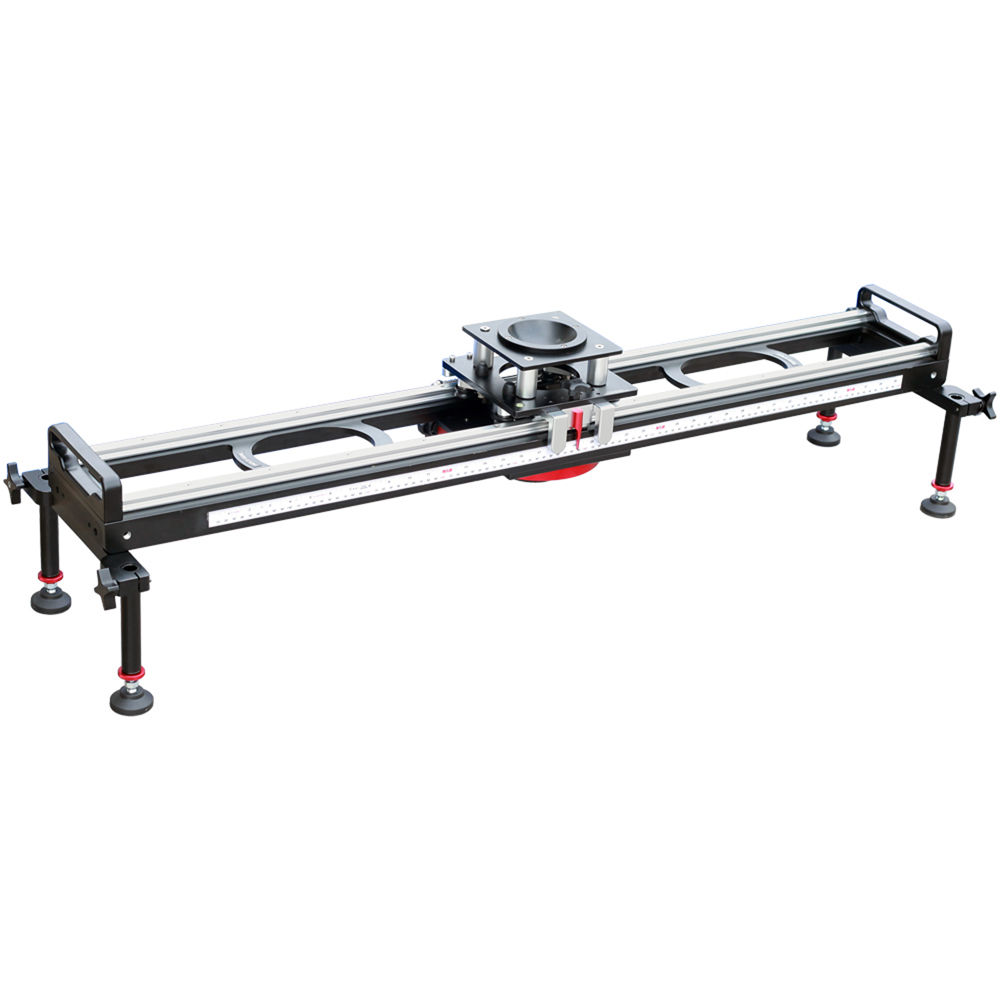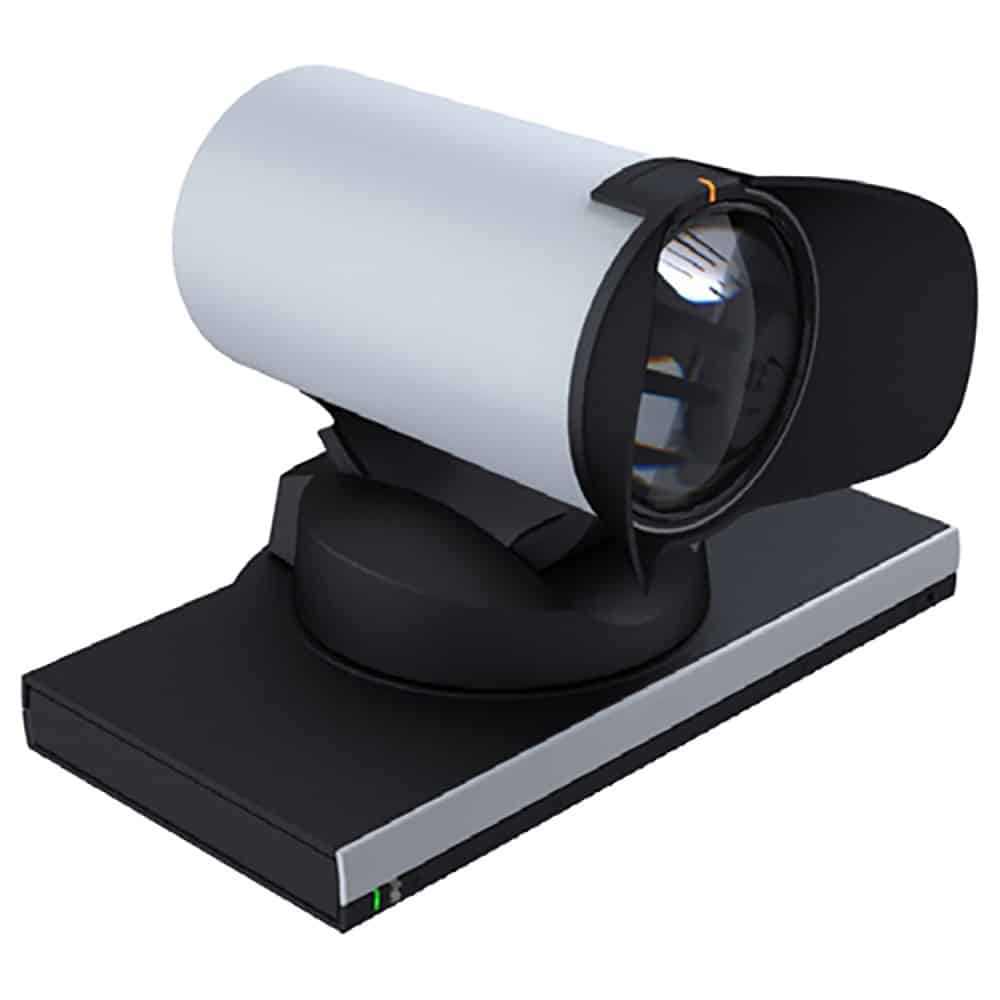In the realm of photography, precision cameras stand as the ultimate tool for professionals aiming to capture perfection in each frame. These high-end devices offer superior image quality, exceptional detail, and robust control over photographic parameters. Whether shooting in a controlled studio environment or out in the field, a precision camera ensures that each shot meets the exact standards of sharpness, color fidelity, and clarity required by professional photographers. In this article, we explore how to effectively utilize precision cameras and discuss techniques, settings optimization, maintaining the camera, choosing appropriate gear, and creative applications.
Understanding Your Precision Camera
Discover the Potential of Manual Controls
Familiarize yourself with the manual controls of your precision camera. Unlike automatic modes, manual settings give you complete command over the aperture, shutter speed, and ISO, allowing you to manipulate the exposure and depth of field precisely. Mastery of these controls is crucial for crafting the perfect image.
The Nuances of Focus Points
Precision cameras often offer an extensive array of focus points. Learning to select the right focus point is essential for achieving pin-point accuracy in your images, especially when dealing with complex compositions or fast-moving subjects. Practice toggling focus points quickly to ensure you never miss a critical shot.

Optimizing Camera Settings
Balancing the Exposure Triangle
Achieving perfection in photography often boils down to balancing the exposure triangle—aperture, shutter speed, and ISO. A keen understanding of how these three elements interact allows you to capture images with the exact creative vision you have in mind. Adjust these settings to suit the environment and subject matter for impeccable shots.
Custom White Balance for True-to-Life Colors
To reproduce colors accurately, understanding and using custom white balance is critical. Precision cameras allow you to fine-tune the white balance, ensuring that the colors in your photographs match what you see in reality, and reducing the need for extensive post-processing.

Maintaining Your Precision Camera
Consistent Cleaning and Care
Routine maintenance of your precision camera will preserve its performance and extend its life. Clean the sensor, lens, and body regularly, using the right tools to avoid damage. A well-maintained camera remains reliable shoot after shoot.
Firmware Updates for Enhanced Functionality
Stay up-to-date with your camera model’s firmware updates. Manufacturers often release software improvements that enhance camera performance and add new features. Updating your firmware can provide a noticeable boost in your camera’s precision and operability.

Choosing the Right Accessories
Quality Lenses for Supreme Sharpness
Invest in quality lenses that complement your camera’s capabilities. High-resolution cameras benefit from equally high-performing lenses that provide clarity, contrast, and sharpness across the entire frame. Research lenses that best suit your genre of photography, be it portrait, landscape, or macro.
Supporting Equipment for Stability
A sturdy tripod, reliable flash system, and remote shutter release are crucial accessories for capturing precise shots. They provide stability and control, essential for long exposure photography or when working under challenging lighting conditions. Accessories should facilitate, not hinder, the pursuit of perfection.

Creativity with Precision
Experimenting Beyond Ordinary
A precision camera is a tool that can push the boundaries of creativity. Explore advanced techniques like focus stacking for unparalleled depth of field or time-lapse photography for dynamic sequences. The accurate control over settings such cameras provide makes them ideal for experimentation.
Capturing the Moment with Clarity
Achieving perfection in photography means capturing moments with crystal-clear clarity. Precision cameras enable you to freeze time with stunning detail, whether it’s the delicate intricacies of a dewdrop or the swift motion of a sprinter on the track. Embrace the capabilities of your gear and strive for those moments of pure capture that define the essence of precision photography.

Advanced Techniques for Dynamic Range Mastery
Harnessing Bracketing for Exposure Versatility
Leverage exposure bracketing to conquer challenging lighting situations. This technique involves taking multiple shots of the same scene at different exposure levels and then blending them together in post-production to create a single image with optimal dynamic range. Precision cameras often include auto-bracketing functions to streamline this process.
Utilizing HDR for High Contrast Scenes
High Dynamic Range (HDR) photography allows you to blend several images with varying exposures into one frame that reveals details in both the shadows and highlights. Precision cameras with built-in HDR modes automate the process, effectively managing the extreme contrasts and capturing the scene as your eyes perceive it.
Crafting Portraits with Precision
Controlling Depth of Field for Artistic Effect
The ability to control depth of field with sharp precision is a boon for portrait photographers. Use a wide aperture to separate your subject from the background, creating a dreamy bokeh that makes your subject pop. Precision cameras offer a variety of wide-aperture lenses that are ideal for this style of photography, enabling absolute control over focus.
Lighting Considerations for Flattering Portraits
Good lighting is the cornerstone of a captivating portrait. Utilize your precision camera’s capabilities to work with natural light, or manipulate artificial light sources to illuminate your subject in the most flattering manner. Experiment with diffusers and reflectors to soften harsh shadows and highlight facial features.
Wildlife Photography
Predictive Autofocus for Moving Subjects
Wildlife photography demands quick reflexes and a camera to match. Use your precision camera’s predictive autofocus feature to track and maintain focus on moving animals. This ensures that even in the throes of action, your subject stays sharp, and you never miss the decisive moment.
Silent Shooting for Unobtrusive Presence
To capture wildlife without disturbing it, many precision cameras offer a silent shooting mode. By minimizing shutter noise, you can remain inconspicuous and continue shooting in sensitive environments where even the slightest sound can mean a missed opportunity.
In conclusion, precision cameras are the cornerstone of professional photography, a tool that demands understanding and skill from its users. By mastering the manual controls, optimizing settings, performing regular maintenance, choosing the right accessories, and embracing creative experimentation, photographers can use these sophisticated instruments to achieve and capture perfection in every frame. Precision cameras require a commitment to the craft, but they reward that dedication with exceptional results that speak volumes of the quality within each composition.
